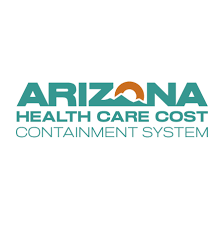The UK’s Department of Health & Social Care and their Medicines and Healthcare Products Regulatory Agency (MHRA) temporarily authorized the AstraZeneca/Oxford vaccine for use in the UK. This is a “temporary authorization” which is somewhat like our Emergency Use Authorization .
Here’s their clinician information packet with some of the particulars about the vaccine. The MHRA doesn’t appear to post as much of the Phase III data as the FDA does.
Here’s the short summary of the safety profile from the clinical information packet:
“The most frequently reported adverse reactions were injection site tenderness (>60%); injection site pain, headache, fatigue (>50%); myalgia, malaise (>40%); pyrexia, chills (>30%); and arthralgia, nausea (>20%). The majority of adverse reactions were mild to moderate in severity and usually resolved within a few days of vaccination. By day 7 the incidence of subjects with at least one local or systemic reaction was 4% and 13% respectively. When compared with the first dose, adverse reactions reported after the second dose were milder and reported less frequently. Adverse reactions were generally milder and reported less frequently in older adults (≥65 years old).”
Here’s the short summary of the efficacy profile from the packet:
“In this population, vaccine efficacy from 22 days post dose 1 was 73.00% (95% CI: 48.79; 85.76 [COVID-19 Vaccine AstraZeneca 12/7,998 vs control 44/7,982]). Following vaccination with COVID-19 Vaccine AstraZeneca, in participants who were seronegative at baseline, seroconversion (as measured by a ≥4 fold increase from baseline in S binding antibodies) was demonstrated in ≥98% of participants at 28 days after the first dose and >99% at 28 days after the second.”
This is a more traditional vaccine when compared to the Pfizer and Moderna vaccines. AstraZeneca uses an adenovirus vector to develop the immune response, while Pfizer and Moderna use a new mRNA technology.
Importantly, this vaccine is supposed to be stored at regular refrigerator temperatures, has a 6-month shelf-life, and can be stored between 2°C and 25°C during the in-use period. These characteristics make the vaccine far more flexible and easier to use in a much wider range of settings. It will be particularly valuable for developing nations with limited infrastructure.
Back in May, HHS announced that they had contracted with AstraZeneca, providing $1.2B to support the development of their candidate vaccine (which has been developed in conjunction with the University of Oxford). The agreement is to make available at least 300 million doses of the vaccine for the United States.
I couldn’t find info on how many doses have already been manufactured that may be available in the U.S. when the vaccine is ultimately given Emergency Use Authorization (most likely in January).


